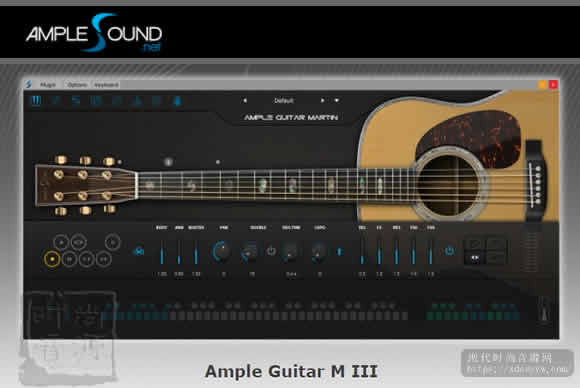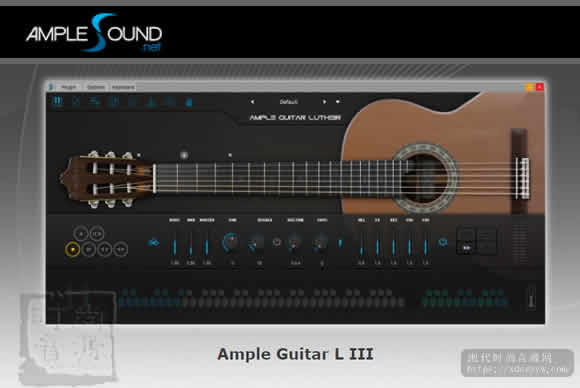![图片[1]-MixWithTheMasters STEVE ALBINI Tracking Drums #3 [TUTORiAL] | 音色插件资源网-音色插件资源网](https://www.yinsebar.com/wp-content/uploads/2021/04/image-220.png)
P2P | 2021年4月10日| 1.74 GB
加入Studio La Fabrique,获取有关鼓录音技术的全面教程!该视频系列由传奇的摇滚工程师史蒂夫·阿尔比尼(Steve Albini)主持,详细介绍了如何使用Neve 88R调音台和Studer A800 MKIII磁带机以完全模拟的方式跟踪架子鼓。Albini会带您了解他的麦克风偏好设置以及低音鼓,军鼓,鼓,高架,立体声鼓组和房间环境的位置。他给出了使用的麦克风类型及其放置的简洁原因,并提出了合适的替代方法。此外,他还展示了其巧妙的处理技术,可减少流失,增强自然混响,控制动态效果,优化相位关系等。他通过录制现场鼓手展示了他的技术的运用,
第1部分
低音鼓–共振和鼓槌端,进攻和延音,麦克风偏好,相位,信号回避。
第2部分
军鼓–顶部和底部,电容与动态麦克风,分离,定位,扩展。
第3部分
Toms –透视,麦克风对,电平混合,求和,极性,麦克风首选项
第4部分
头顶和立体声室– capture捕捉,高端细节,峰值限制,Blumlein
第5部分
环境对–距离,带宽,仰角,哈斯效应,边界原理,延迟
第6部分
内部相位关系,绝对和麦克风极性,放大器级
第7部分
到控制台和磁带的信号流,VU和峰值计量,处理,校准,记录
第8部分
压缩器电路,参数,首选设置,限制,单声道与立体声双重声部。
第9部分
室内环境,工作室设计,反射,声学处理,对称性,素材。
第10部分
仅使用三个麦克风演示简化的录音设置。
第11部分
。关于边界原理和哈斯效应
P2P | 10 April 2021 | 1.74 GB
Join us at Studios La Fabrique for a comprehensive tutorial on drum recording techniques! Hosted by the legendary rock engineer Steve Albini, this video series dives into great detail on tracking a drum kit in fully analog fashion with a Neve 88R console and Studer A800 MKIII tape machine. Albini takes you through his microphone preferences and positioning for bass drum, snare, toms, overheads, stereo drum kit, and room ambience. He gives concise reasoning for the types of microphone used and their placement, while suggesting suitable alternatives. Furthermore, he reveals his clever processing techniques to reduce bleed, enhance natural reverb, control dynamics, optimise phase relationships, and more. He demonstrates the use of his techniques by recording a live drummer, and draws diagrams on a white board to clearly impart his extensive knowledge!
PART 1
Bass drum – resonant & beater side, attack & sustain, mic preferences, phase, signal ducking
PART 2
Snare – top & bottom side, condenser vs. dynamic mics, separation, positioning, expansion
PART 3
Toms – perspective, mic pairs, level blending, summing, polarity, mic preferences
PART 4
Overheads & Stereo Room – cymbal capture, high end detail, peak limiting, Blumlein
PART 5
Ambient Pair – distance, bandwidth, elevation, Haas effect, boundary principle, delay
PART 6
Internal phase relationships, absolute & microphone polarity, amplifier stages
PART 7
Signal flow to console & tape, VU & peak metering, processing, calibration, recording
PART 8
Compressor circuitry, parameters, preferred settings, limiting, dual mono vs. stereo
PART 9
Room ambience, studio design, reflections, acoustic treatment, symmetry, material
PART 10
Demonstration of simplified recording setup using only three microphones
PART 11
Diagrams of ambient mic positioning with regards to boundary principle & Haas effect
home page:https://mixwiththemasters.com/td3


![[三体中国民乐全套 效果器合集] 古风中国风编曲必备 R2R [WiN, MacOSX](40GB+)稳定运行版本-音色插件资源网](https://www.audioba.com/wp-content/uploads/2024/12/20240725195002777-QQ_1721908198947-734x550-1.png)

![[最新Ample吉他3代音色免安装25套合集]Ample Guitar Bass v3.7.0 [WiN, MacOSX](77.1GB+)-音色插件资源网](https://www.audioba.com/wp-content/uploads/2024/11/ample-sound.jpeg)
![[智能自动编曲软件 ]band in a box 2024 中文汉化完整版+安装方法 [WiN](201GB+)-音色插件资源网](https://www.audioba.com/wp-content/uploads/2024/10/Band-in-a-Box-10.jpg)










